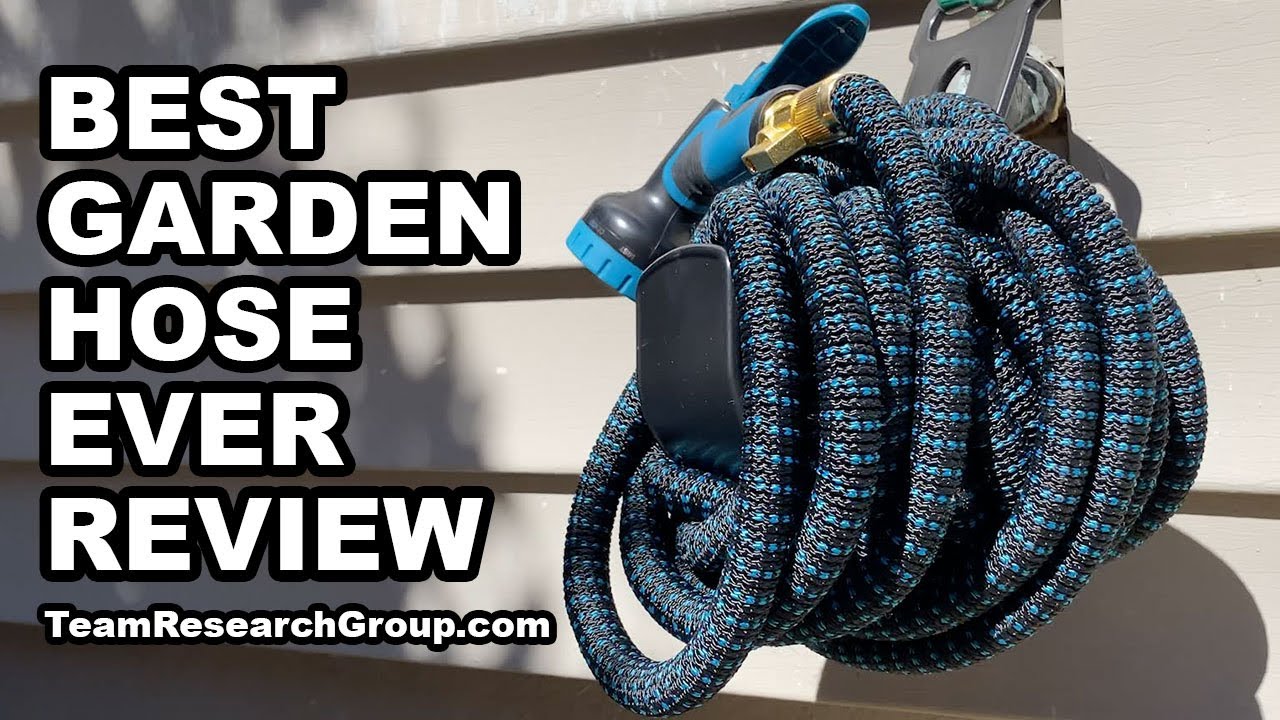Hose fabric is a remarkable textile that promises unmatched durability, versatility, and comfort. Crafted with precision and innovation, this fabric is designed to meet the highest standards of functionality and style. Made from a unique blend of high-quality materials, it ensures strength and resilience, allowing it to withstand the test of time and the harshest of conditions. Whether it's for industrial use, gardening, or everyday household chores, this fabric offers unparalleled flexibility and adaptability. Its robust construction guarantees exceptional resistance to abrasion, punctures, and tears, making it the perfect choice for heavy-duty applications. Additionally, this fabric's breathability ensures optimal airflow, preventing discomfort caused by excessive heat or moisture. With its superior performance and long-lasting quality, it provides a sense of reliability and assurance, giving you the peace of mind that your hose will always deliver outstanding results. Embrace the possibilities that this exceptional hose fabric offers and elevate your experience to new heights.

The Importance of Hose Fabric
When it comes to hoses, the fabric used to construct them plays a crucial role in their durability and effectiveness. Hose fabric is responsible for providing strength, flexibility, and resistance to various environmental conditions. In this article, we will explore the different types of hose fabric and their characteristics.
Nylon Fabric
Nylon fabric is widely used in hoses due to its exceptional strength and durability. It possesses excellent resistance to abrasion, chemicals, and UV radiation, making it suitable for a wide range of applications. Nylon fabric hoses are lightweight, flexible, and easy to handle, making them ideal for household use as well as industrial purposes.
The unique properties of nylon fabric make it resistant to mildew and rot, ensuring a longer lifespan for the hose. Additionally, nylon fabric hoses have a high melting point, allowing them to withstand high temperatures without compromising their structural integrity.
PVC Fabric
PVC fabric is another popular choice for hose construction. Polyvinyl chloride (PVC) is known for its affordability, versatility, and resistance to weathering. PVC fabric hoses are lightweight, making them easy to maneuver and store. They also have high tensile strength, allowing them to withstand high water pressure.
PVC fabric hoses have excellent resistance to chemicals, making them suitable for applications such as agriculture, irrigation, and construction. They can handle a wide range of temperatures and are less likely to freeze in colder climates. However, PVC fabric hoses may become brittle over time, especially when exposed to extreme temperatures.
Rubber Fabric
Rubber fabric hoses are known for their exceptional elasticity and durability. Rubber fabric is highly resistant to heat, chemicals, and abrasion, making it ideal for heavy-duty applications. These hoses can withstand high water pressures and are commonly used in firefighting, mining, and industrial settings.
One of the key advantages of rubber fabric hoses is their ability to maintain flexibility even in extremely cold temperatures. This makes them suitable for use in colder climates where other materials may become stiff and prone to cracking. However, rubber fabric hoses tend to be heavier and more expensive compared to other types of hoses.
Polyester Fabric
Polyester fabric is commonly used in hoses due to its excellent resistance to UV radiation and weathering. It is lightweight, flexible, and offers good abrasion resistance. Polyester fabric hoses are commonly used in irrigation, gardening, and general household applications.
These hoses have a high melting point, allowing them to withstand high temperatures without deformation. Polyester fabric hoses are also resistant to mildew and rot, ensuring a longer lifespan. However, they may not be as durable as nylon or rubber fabric hoses, especially in heavy-duty applications.
Reinforcement Techniques
Aside from the fabric itself, hoses can be further reinforced to enhance their strength and durability. Common reinforcement techniques include braiding, spiraling, and wrapping.
Braiding involves weaving yarn or fabric around the hose to add strength. This technique is commonly used in high-pressure hoses to prevent bursting and leakage. Spiraling entails wrapping a wire or fabric helix around the hose to provide stability and prevent kinks. Wrapping involves spiraling a fabric strip around the length of the hose to enhance its resistance to abrasion.
These reinforcement techniques, combined with the appropriate fabric choice, ensure that hoses can withstand various environmental conditions and perform optimally in their intended applications.
Conclusion
Choosing the right hose fabric is essential to ensure the longevity and functionality of the hose. Nylon fabric offers exceptional strength and resistance, PVC fabric is affordable and versatile, rubber fabric is durable and elastic, and polyester fabric provides good UV resistance. By understanding the characteristics of different hose fabrics and their reinforcement techniques, you can make an informed decision when selecting a hose for your specific needs.
“The Ultimate Tangle-Free Hose: Your Perfect Storage Solution!”
Video Source : TeamResearchGroup
List of Hose Fabrics
Hose Fabric
| Fabric Type | Description |
|---|---|
| Nylon | Nylon is a popular fabric choice for hoses due to its high strength and durability. It offers excellent resistance to abrasion, chemicals, and UV radiation, making it suitable for use in various applications. Nylon hoses are known for their flexibility and ability to withstand high pressures, making them ideal for use in industrial settings. |
| PVC | PVC (Polyvinyl Chloride) fabric is widely used for garden hoses and lightweight applications due to its affordability and ease of handling. PVC hoses are lightweight, flexible, and resistant to mildew and weathering. However, they may not be as durable as other fabric types and are more prone to kinking under high pressure. |
| Rubber | Rubber hoses are known for their exceptional durability and resistance to extreme temperatures, chemicals, and abrasion. They are commonly used in heavy-duty applications such as firefighting, construction, and industrial settings. Rubber hoses offer excellent flexibility and can maintain their performance even in harsh conditions. |
| Polyurethane | Polyurethane hoses are highly versatile and offer a balance between flexibility and durability. They are resistant to kinking, abrasion, and oil, making them suitable for use in various industries, including automotive, pneumatics, and even medical equipment. Polyurethane hoses are known for their long lifespan and excellent performance in both high and low temperatures. |
| Canvas | Canvas fabric is commonly used for fire hoses and other applications that require resistance to heat and flame. Canvas hoses are lightweight, flexible, and have good resistance to abrasion. While they may not offer the same level of durability as rubber or nylon hoses, canvas hoses are still valued for their fire-resistant properties and are often used in firefighting and emergency situations. |
As an expert, it's important to consider the specific requirements of each application before selecting the appropriate hose fabric. Factors such as temperature, pressure, chemical compatibility, and flexibility all play a crucial role in determining the most suitable fabric type. By understanding the characteristics and properties of different hose fabrics, one can make informed decisions to ensure optimal performance and longevity in various industrial and domestic settings.

